Questionexactly how many days are cat pregnant? my cat is 66 days today and not showing any signs of going into labor is this normal?
AnswerNathalie,
The gestation period for cats is anywhere from 60-68 days. I would strongly suggest that you start preparing a bed for her to have her babies in, or you may not like the location that she decides to use as an alternative. You should try to have her in a quiet room that is dimly lit and not frequently travelled by young children making excessive noises as this may cause the mother cat to move her kittens elsewhere or some mother cats will even kill their babies if they are put under stress after birth. A cardboard box lined with an old bath towel is perfect to use as a bed, just be sure that you change the bedding after the kittens are born so that they have a clean bed to grow up in. The bed should be modified if necessary to make mom's way in and out as easy as possible without allowing the kittens to wander away from their bed. This room should have a kitten sized litter box, a good sturdy scratch post that will not tip over when being used, a dish of fresh water, a bowl of kitten food that is regularly checked for freshness and replaced if necessary and a few toys. You can handle the kittens very quietly when they are a few days old. If mom has access to all of these amenities then she can teach the kittens how to drink water, eat solid food, play with appropriate toys and use a scratch post. I would not recommend that any young children handle them until they are much older as newborn kittens are very fragile and can be easily hurt. It is also important to stress that newborn kittens are similar to human infants in the fact that you should really wash and sanitize your hands before handling them as they have a very immature immune system. It is wise to keep any handling low key, quiet and with minimal stimulation, talking to the kittens in a soft voice is okay, but some cats will kill their young if there is too much commotion or interference going on. You will notice that when mom is ready to go into labor she will be a bit restless and anxious, she may pace and look to nest in different places. The mother cat will not generally need help to deliver her family so as long as there are no complications (greenish discharge from her vagina meaning that the placentas have come away too soon and the kittens are in danger of suffocating, heavy bleeding or pushing for over an hour without producing a kitten). If any of the above mentioned complications occur then an emergency trip to the vet will be necessary to have a caesarian section done to try and save both mom and kittens. I would also highly recommend that you not video tape or take pictures of your cat giving birth as too much activity or too many distractions can make her labor stall or stop. When mom weans her kittens (around 6-8 weeks of age) and her milk supply has dried up (about 2 weeks after weaning) I would strongly recommend that you have mom spayed. I also generally recommend that the kittens not leave their mother until approximately 10-12 weeks of age as this allows the mother and siblings a chance to teach appropriate social skills like retracting claws and bite inhibition. Having the mother cat spayed is a positive choice on many different levels from preventing behavioral problems, to lowering the risk of certain medical issues as well as ensuring that she doesn't continue to contribute to the ongoing pet overpopulation problems that animal shelters are forced to deal with on a daily basis. You should also make sure that mom has no access to any unaltered male cats before she weans her little ones as cats can get pregnant while they are still lactating. There are many benefits to spaying and neutering your pets. The most obvious is that it saves lives, all too often cats are euthanised in animal shelters simply because there are too many cats and not enough homes. Only about 3% of all cats admitted to animal shelters are reclaimed by their owners. Conservative estimates suggest that over 250,000 pets are euthanised in animal shelters each year in Canada alone. Most of these deaths are preventable by spaying and neutering. The medical benefits to spaying or neutering your pets are that they are much less likely to develop mammary or reproductive infections or tumors. Cats who are altered also tend to fight less than their unaltered counterparts which makes them less likely to need surgery and antibiotics to deal with abscesses or simply needing stitches for serious bite or scratch wounds. The behavioral benefits of altering a cat are that they tend to fight less, they are less vulnerable to predators because they don't tend to wander as far from home, they are far less likely to use urine to mark their territory in less than appropriate locations(this applies to both male and female cats), they are no longer interested in mating so the loud meowing and caterwauling to advertise their availability to mate is no longer an issue to lose sleep over. All in all spaying and neutering can save hundreds of dollars that would be spent at the vet's office on draining abscesses, treating infected wounds, and stitching up the cat on the losing end of a territorial dispute. Spaying and neutering simply saves the lives of cats and kittens by preventing unwanted litters from being born. One female cat and her offspring can be responsible for somewhere in the neighborhood of half a million kittens in the space of seven years. I hope that you have found this information helpful. If you have any further questions or concerns, please do not hesitate to contact me again.

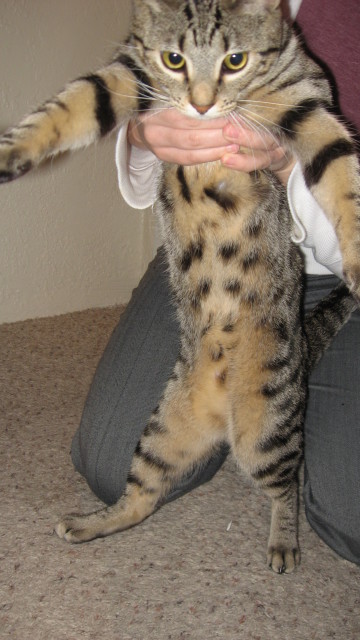 What breed is my cat?
QuestionBoots
QUESTION: Hi Norman, i was hoping
What breed is my cat?
QuestionBoots
QUESTION: Hi Norman, i was hoping
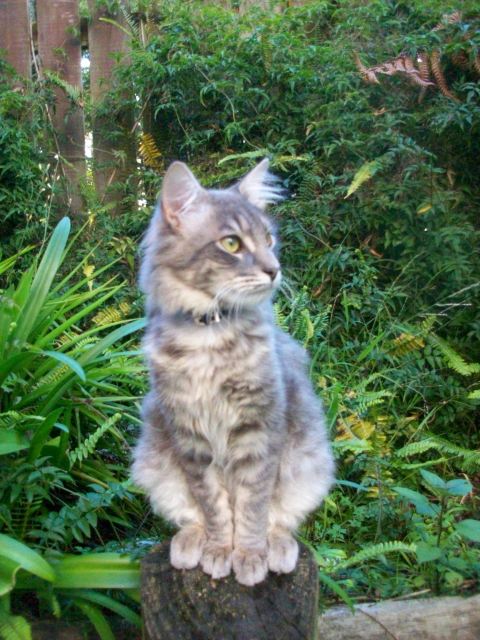 Rain
Question
my cat
Hi, i was wondering if you could help m
Rain
Question
my cat
Hi, i was wondering if you could help m
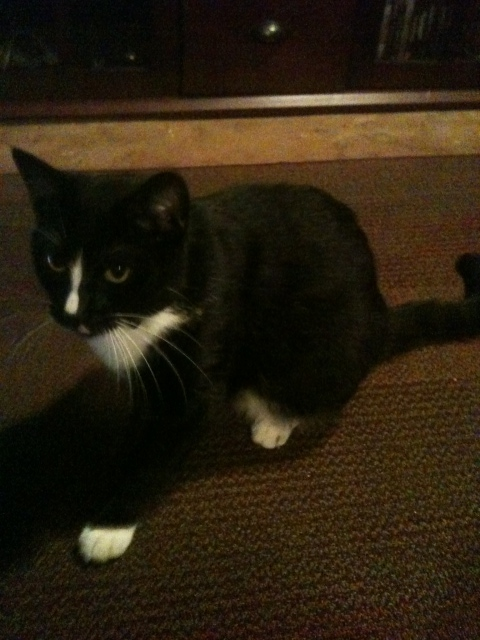 Identify Cat Breed?
Question
picture of my cat picture of my cat &nbs
Identify Cat Breed?
Question
picture of my cat picture of my cat &nbs
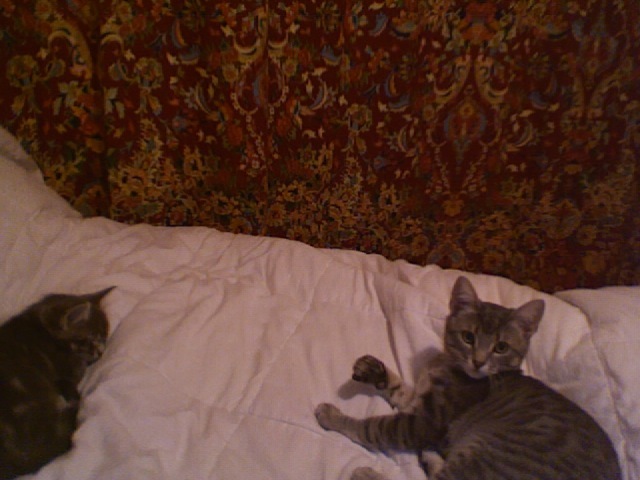 Kitten introduction
Question
the brothers
I recently (yesterday) int
Kitten introduction
Question
the brothers
I recently (yesterday) int
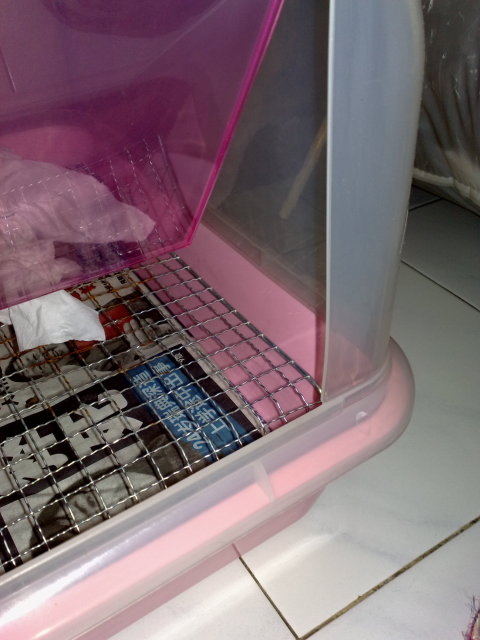 My cat doesnt piss on his litter box
QuestionLitter box
QUESTION: My 7months stray ca
My cat doesnt piss on his litter box
QuestionLitter box
QUESTION: My 7months stray ca